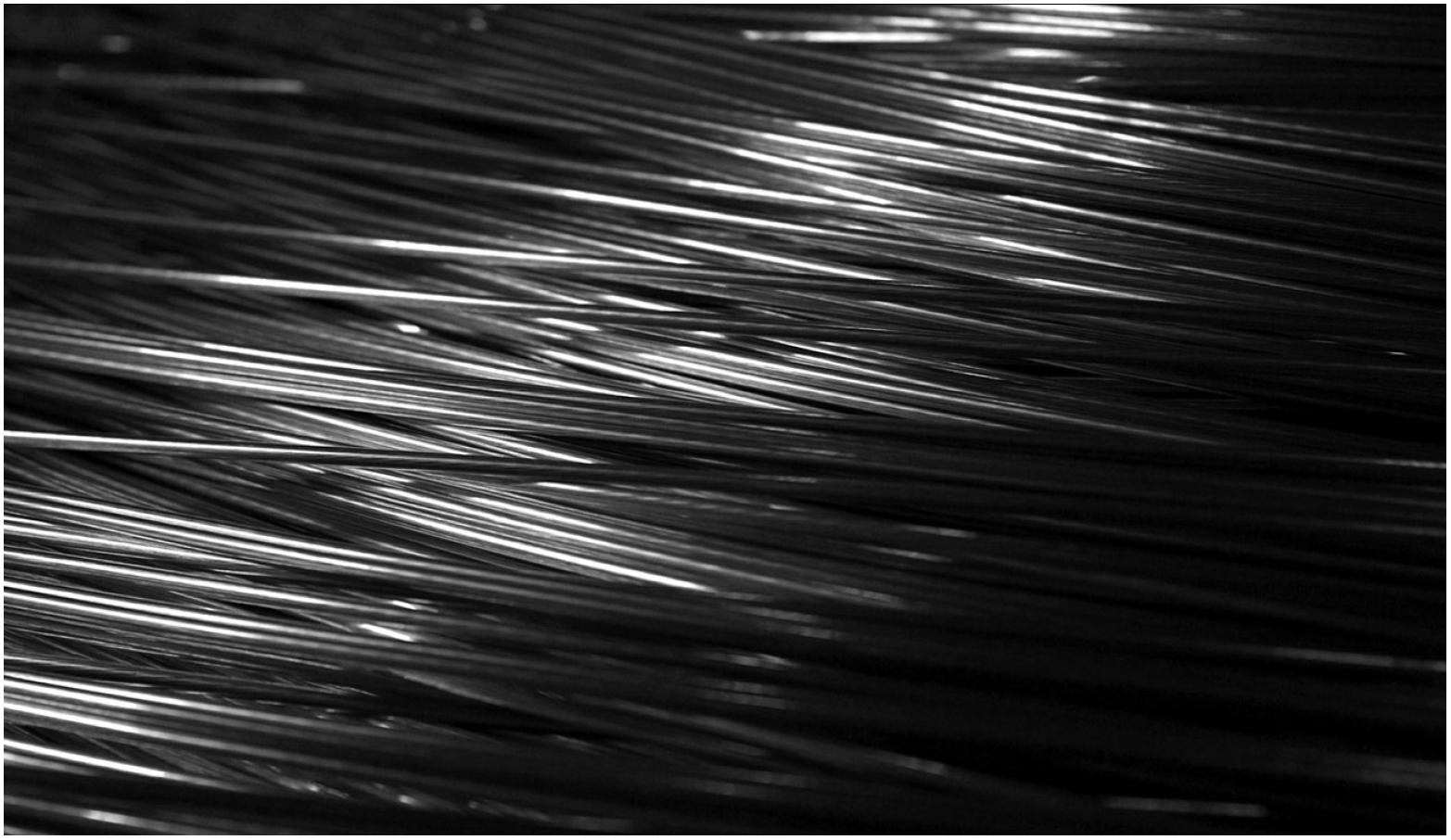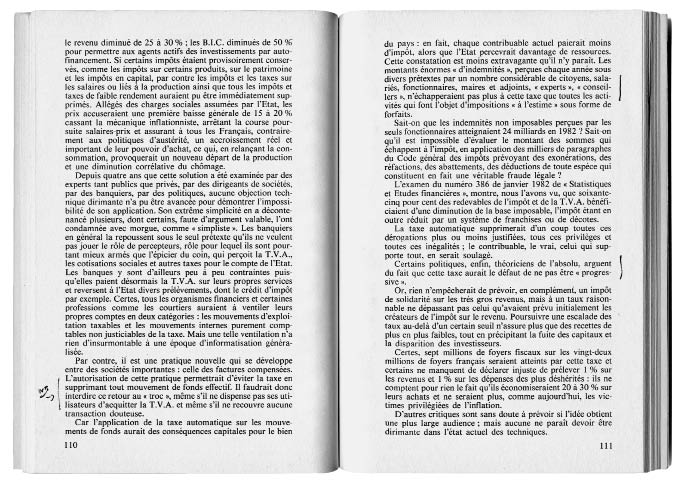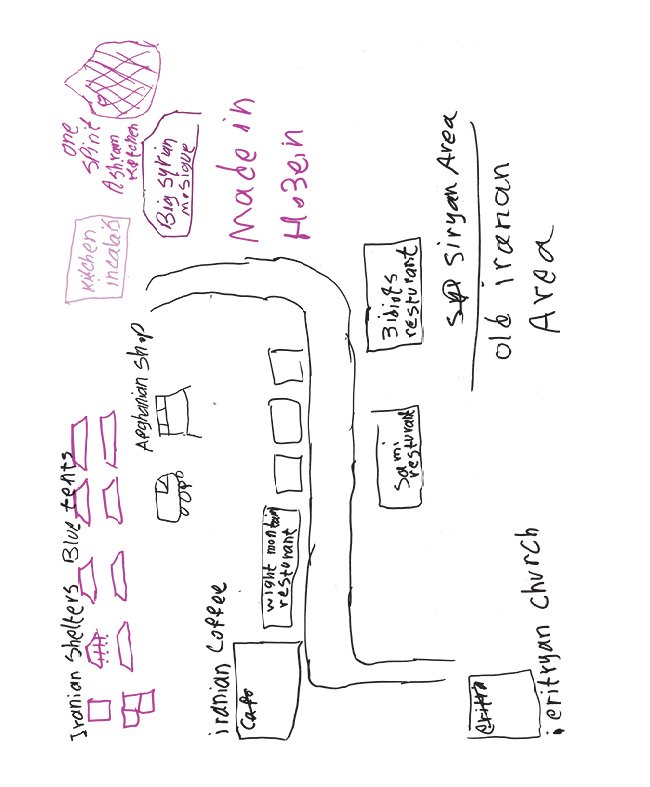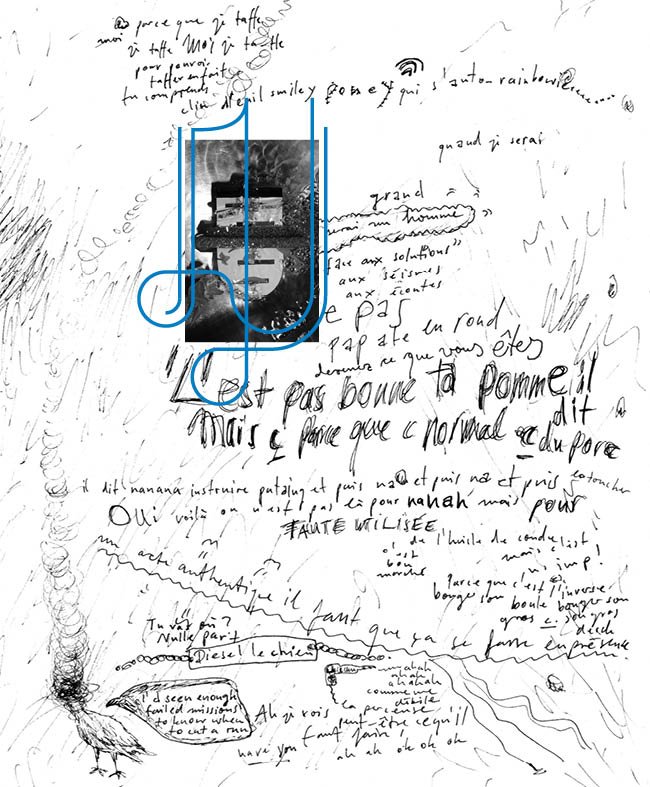Il faut danser, en dansant
Essai de fabulation spéculative
En cherchant à suivre la vie des lignes, et en les considérant comme des processus de correspondence (Tim Inglod), cet article propose de tisser ces lignes avec quelques autres lancées par Donna Haraway et Isabelle Stengers. Dessins, peintures, films et animations sont quelques-unes des façons avec lesquelles est tentée une anthropologie graphique ou une anthropologie « à travers le design », selon Ingold. Dans cet essai de fabulation spéculative, qui prend appui sur l’œuvre d’Ilana Paterman Brasil et sa rencontre avec Maria Eni Moreira, membre d’un terreiro dans la zone nord de Rio, les lignes sont abordées comme des alliances ou des pratiques de correspondance. L’artiste articule art, design, cinéma, animation et observation participante pour animer les danses traditionnelles de candomblé. Avec ce travail, les auteures revendiquent la possibilité de réaliser d’autres modes de recherche en design, en lien avec l’anthropologie mais aussi en lien avec celles et ceux que l’université a tenu à mettre de côté et oublier.
It is necessary to dance, while dancing
Essay of speculative fabulation
By following the life of lines and considering them, like Tim Ingold, as practices of correspondence, this article proposes to weave these lines with a few others, launched by Donna Haraway and Isabelle Stengers. Drawings, paintings, films and animations are some of the means by which is rehearsed a graphic anthropology or anthropology “by means of design”, as proposed by Ingold. In this essay of speculative fabulation, taking as a starting point the work of Ilana Paterman Brasil and her meeting with Maria Eni Moreira, a member of a “terreiro” at the north suburnban area of Rio, line are considered as alliances or practices of correspondence. The artist articulates art, design, film, motion graphics and participant observation to animate traditional dances of candomblé. Within this work, the authors reclaim the necessity to experiment other means for design research, with both anthropology and those who the university aims to move away and forget.






